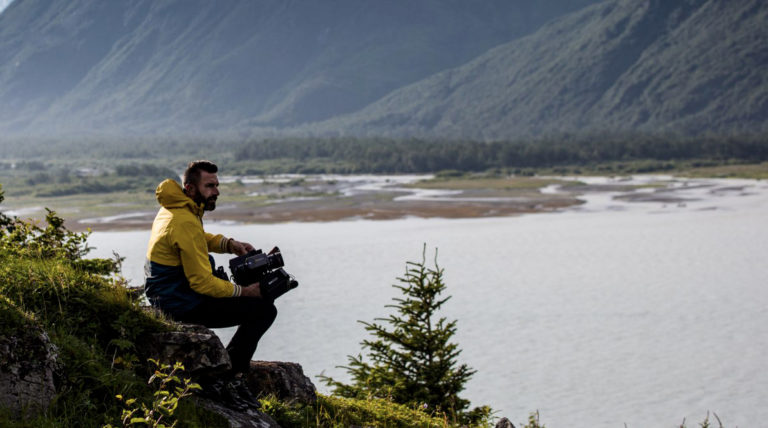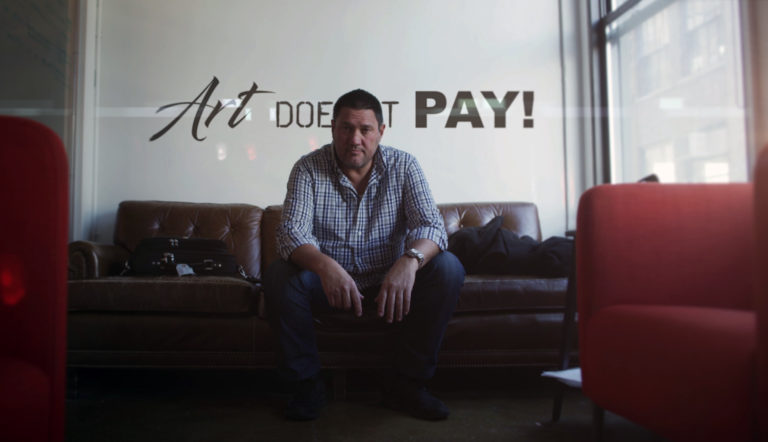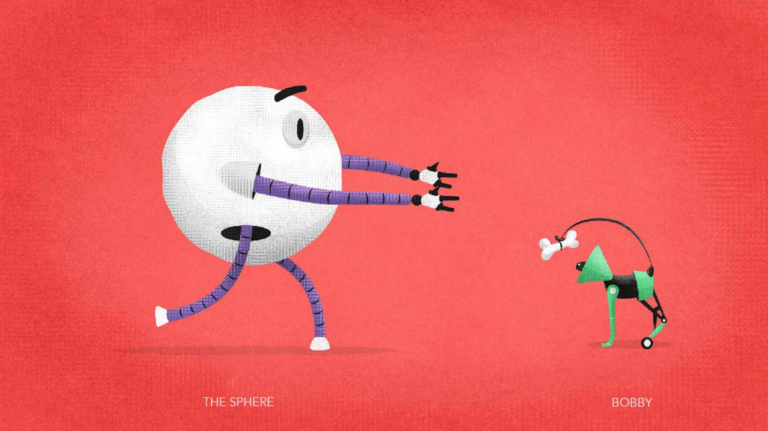Should you work for free? And if so, when and why?
Many in the filmmaking world believe that doing work for “free” devalues that work, or sets a precedent for what customers will pay. But newer graduates or unseasoned professionals often feel the need to work for free in order to get their foot in the door. I worked free for years as a production assistant in an effort to build relationships.
But once you’re established, have honed your craft, and begin earning a living from that craft, does it still make sense to work for free at times? I believe the answer to that is a resounding “Yes.”
Choosing Pro Bono Work
At Coat of Arms, we pride ourselves in the work we do. We’ve had the pleasure to produce work for Fortune 100 brands and world-renown media properties. But even with our business success, we still find value in doing the occasional pro bono project.
But how do we decide to dive into a pro bono project? Or more generally, “When should you work for free?” Whether a friend asks you to film their wedding or an acquaintance asks for a favor in creating a promotional, it is important to have a method for approaching these requests.
Take a look at a fun diagram created by designer and artist Jessica Hische.

The diagram essentially argues that unless it is for your mother, a non-profit you care deeply about, or for a friend that you owe a “proverbial kidney,” you typically should NOT work for free.
Despite the comedic nature of this diagram, there is prudence to Hische’s perspective.
When Coat of Arms gets asked to perform pro bono work, we use a checklist of questions to respond promptly and fairly to each request. These are the questions we consider, in no particular order:
1. Does it build on a relationship?
Relationships make up a big part of what we do. So, if taking on a pro bono project will bring us closer to a client or will enhance our working relationship with a team of professionals, the project is something to consider.
2. Will it diversify the reel?
Our reel shows our capabilities, and even though our abilities reach beyond the content of a one-minute reel, many clients like to see similar styles or techniques to what they want to create. So if doing a pro bono project is likely to showcase a new skill, it could be worth it.
3. Will it promote Your Company?
Is there a chance that someone will see the work that is unaware of what you do? Could it get you more leads, conversions, or site visitors? This is all worth more than a day rate.
4. Is it for a good cause?
It is far more likely that we will take on a pro bono project because we care about the cause. And let’s be honest, a lot of times the work we do is artistic but corporate in nature. Our jobs are important and we love what we do, but working for free and for a good cause can be very emotionally and psychologically fulfilling.
5. Is it creatively rewarding?
Redundancy can kill motivation and creativity. So it is important to look for fresh perspectives. Our pro bono projects often do this for us. Plus, given we are working for free, we often have the creative license to experiment. Double win!
Often times, the easiest pro bono work is the kind you can do yourself with internal resources. In the case of the Midwest Independent Film Festival titles, there were a lot of moving parts, and we needed a team. Here is where honesty is key. Make no promises and be upfront with fellow artists. “We’re doing a project for free, there’s no pay.” No bulls**t. Make sure you are clear about whether the project is for fun, experience, food, or high-fives.
Let’s explore the process from pitch to post.
When Should You NOT Work for Free?
So there are many times when it’s advisable not to work for free. Most notably is when a potential pro bono client offers promises that feel empty. For example, they tell you that they will get you a lot of exposure, or pay you next time if you do this one free. Using the criteria above, you need to determine for yourself if the exposure now will be worth it, and whether the client has a demonstrated history of providing great exposure to other artists. And as far as the promise to pay you next time, there is no guarantee there will be a “next time”. Even if there is, a client who has received your services for free is unlikely to offer you a solid rate.
Also, when doing work for “non-profits,” remember that some not-for-profit organizations are “non-profit” in tax status, but still may have millions of dollars in revenue and/or are global conglomerates. They quite possibly will have an annual budget that can cover a fair rate for your services (even if maybe reduced). Again, if they’re not promoting some cause that is near and dear to you, and they have the money to pay you, then charge what you’re worth.
Walking Through a Pro-Bono Project
Even with the above guidelines, not every pro-bono project ends up paying off the way that you hope. But one example of a success is our work on the titles for the Midwest Independent Film Festival.
Every first Tuesday of the month, the Midwest Independent Film Festival showcases a Midwest-made film, and we get to play a small part in the evening’s festivities. For two second consecutive years, we had the pleasure of creating the titles for the Festival. The first time, we produced Dynamic 3D graphics that weaved in and out of a fast-paced edit as IAmDynamite’s track entitled, “Where Will We Go” amped the audience for a fun evening.
The following year, we continued the theme of using snippets from films previously shown at the festival, but this time we projected the footage on the faces of over a dozen actors and tracked credits accordingly. Collaborating with Coat of Arms, Creative Director Cameron Spencer and Motion Designer Ryan Butterworth worked closely with our Producer/Editor Jonathan Lacocque, all of whom donated their time to create the titles. Here’s what we came up with:
In the rest of this article, we’ll walk you through the process of pitching, refining our concept, pre-production, production, and finally post-production.
PRE-PRODUCTION–Pitching
There are many forms of pitching—from commercial pitches, to film pitches, to TV shows. Here is an example.
Manicanparty Music Video
Director Thom Glunt pitched a music video concept to Manicanparty for their song “Monarch.” Most music video pitches are very visual in nature, keeping descriptions brief and to the point. Here you will find Glunt’s attention-getting title page, a thesis statement, and a one-page—all of which act as the most concise way to pitch the concept.
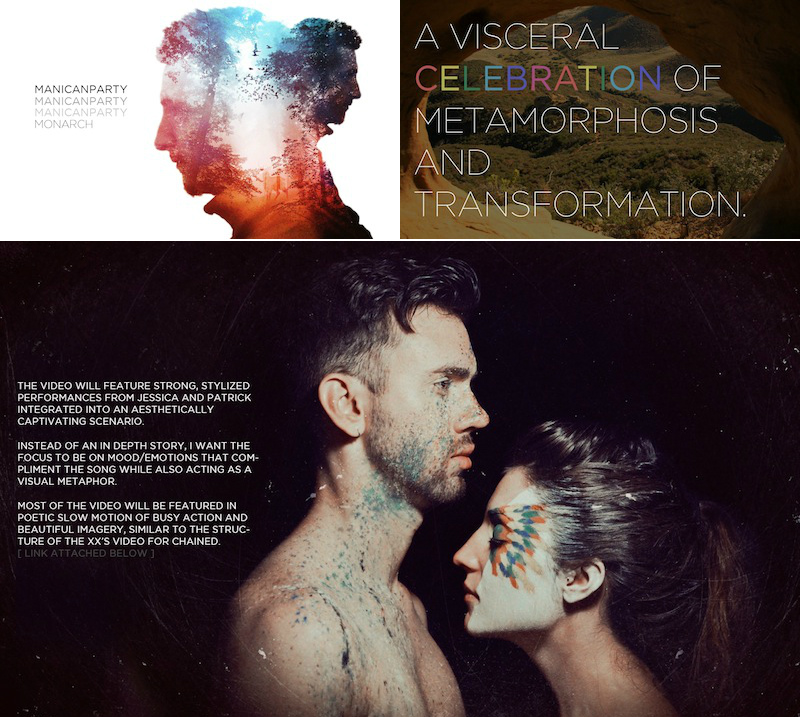
If the band or a label likes what they see, they can continue reading. But these three documents alone give a clear indication of the director’s vision without forcing a long read. In addition to the images and text, Glunt added a visual reference with XX’s video for “Chained.”
Glunt’s pitch was successful. Here’s his final video for Manicanparty’s Monarch.
The Midwest Independent Film Festival Pitch
Alternatively, we approached our pitch for the Midwest Independent Film Festival (MIFF) a little differently. We created six concepts and pitched them in-person with the festival director, Michael McNamara. Because we described each concept in-person, our boards were entirely visual. There was no need to add explanatory text or video references. Below are the six concepts we proposed:
Concept #1 – Cinematic shots from MIFF films mixed with footage captured in Chicago.
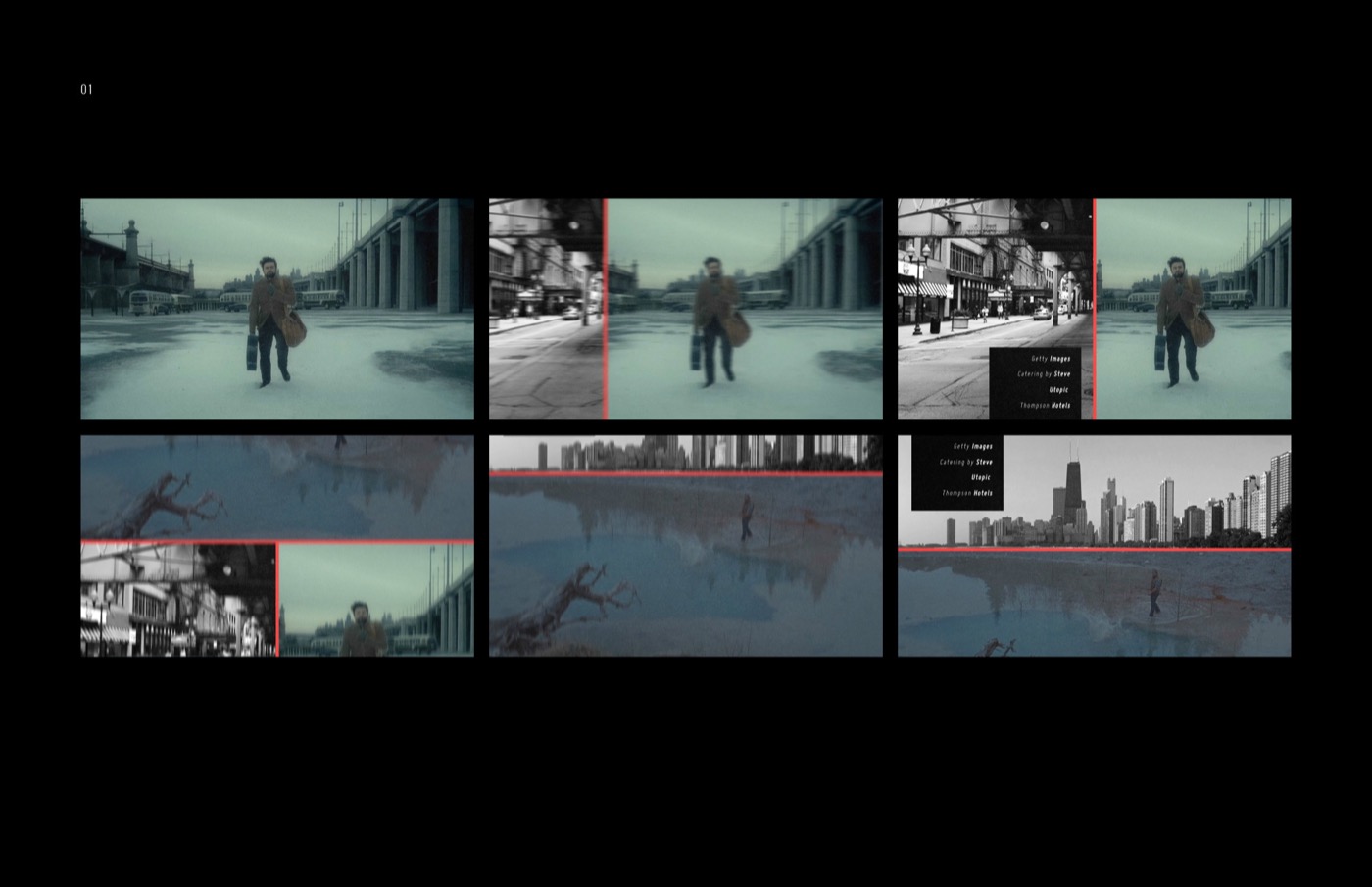
Concept #2 – Handwriting on glass, blurred panels, and desaturated colors to an aggressive edit.
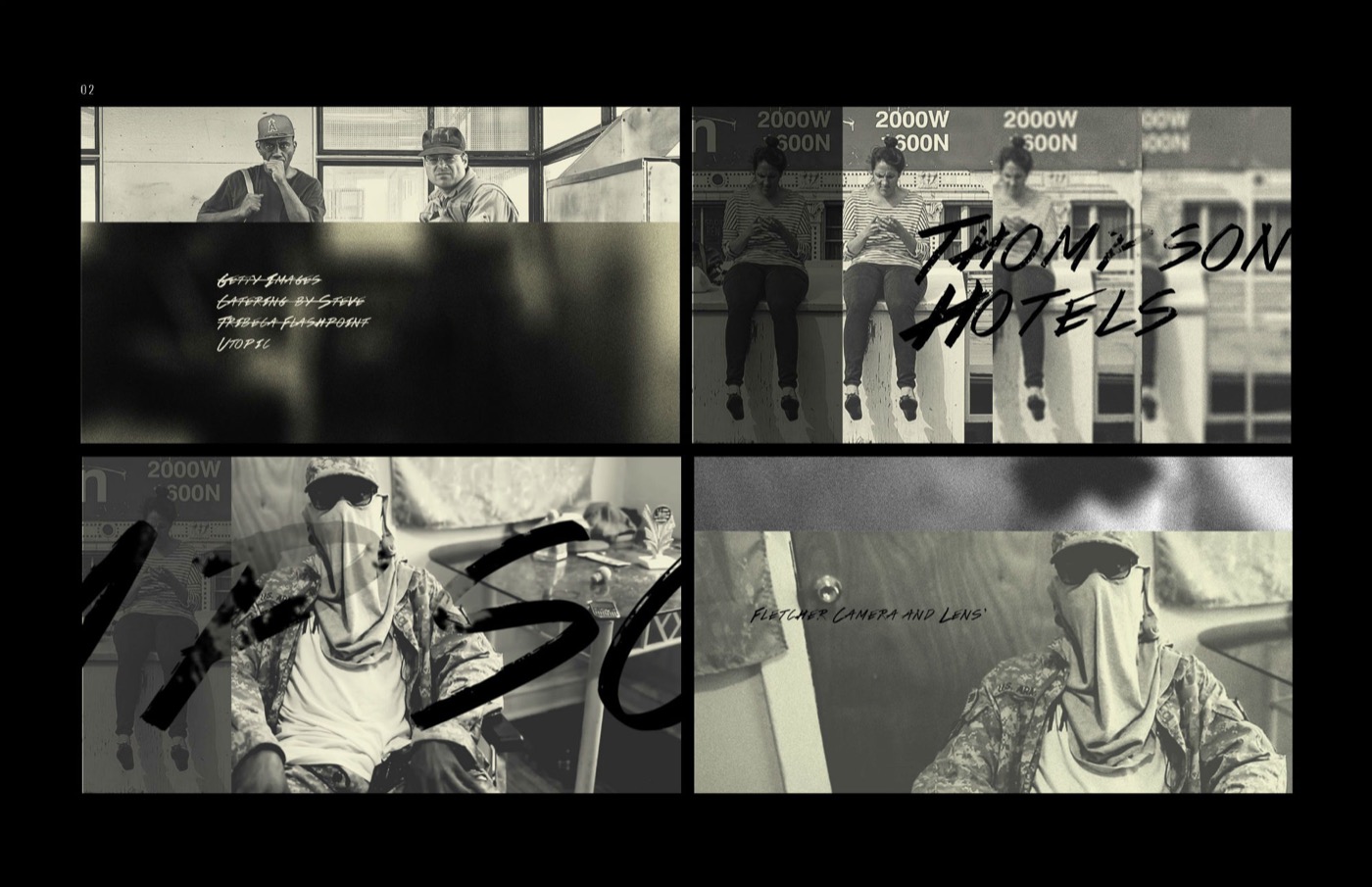
Concept #3 – Bold text timed to a mash-up of previous MIFF films and Chicago footage.
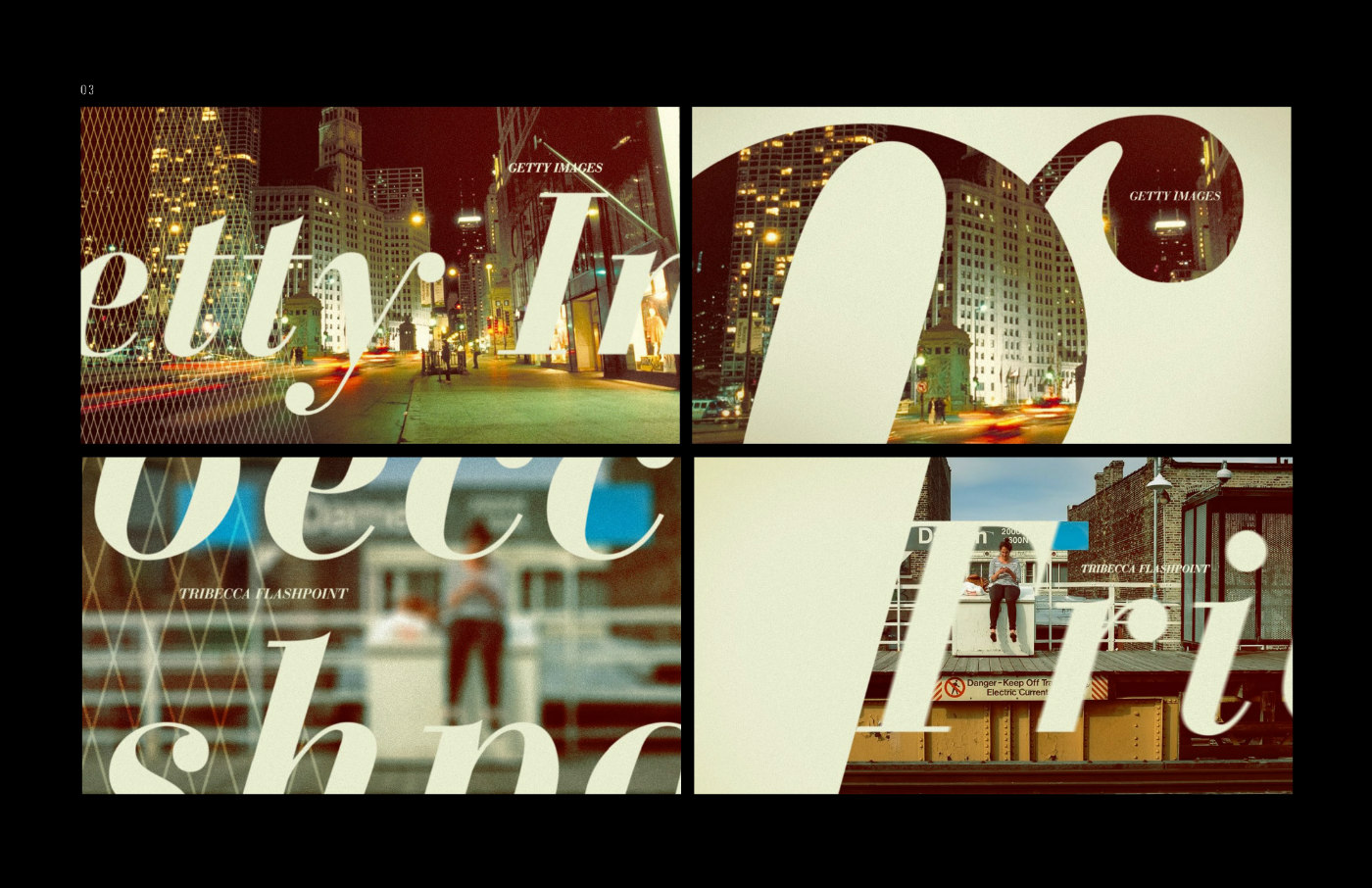
Concept #4 – Chicago’s iconic buildings and locations built in 3D with contrasting textures.
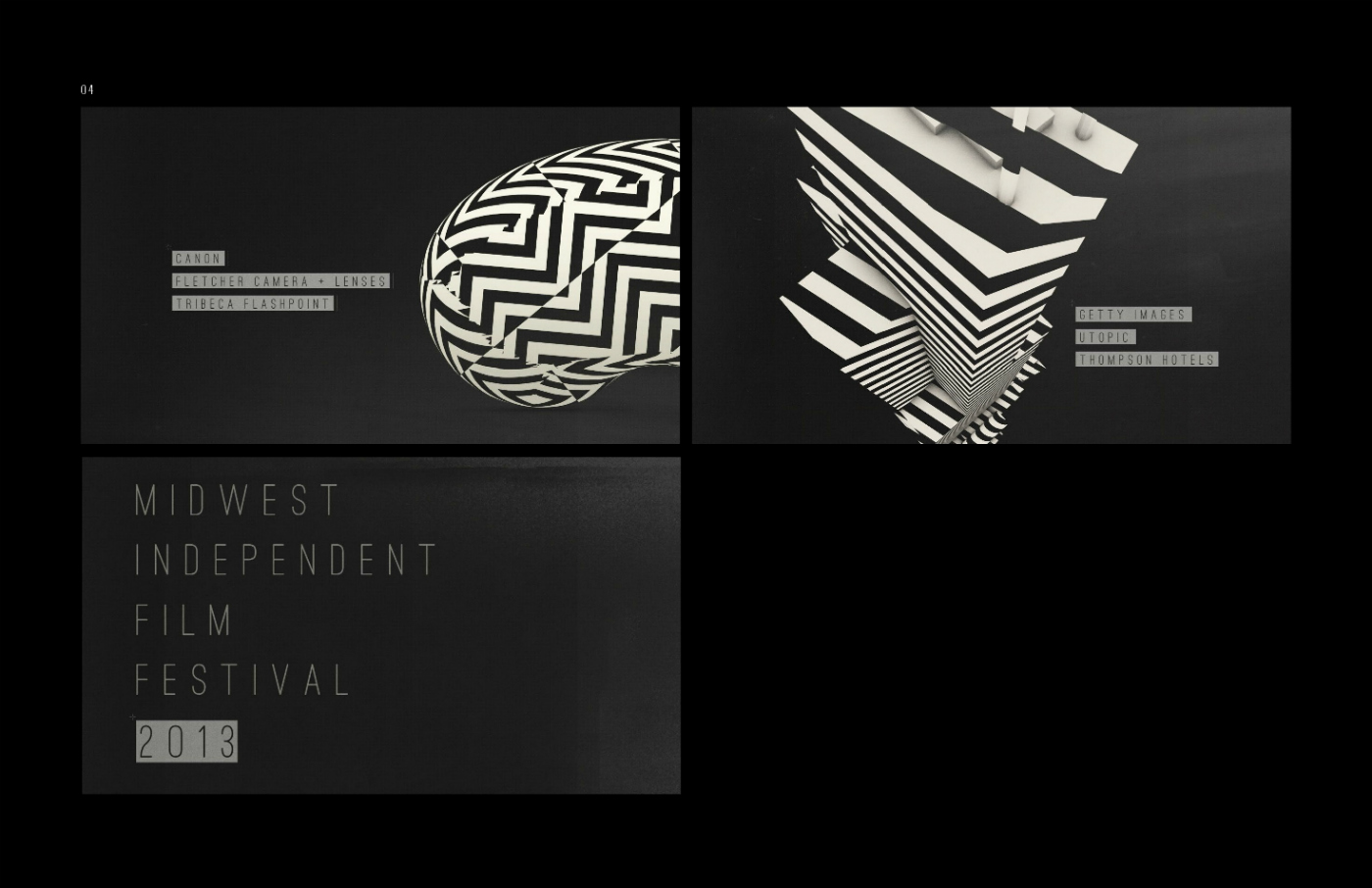
Concept #5 – High energy text, color, and textures.
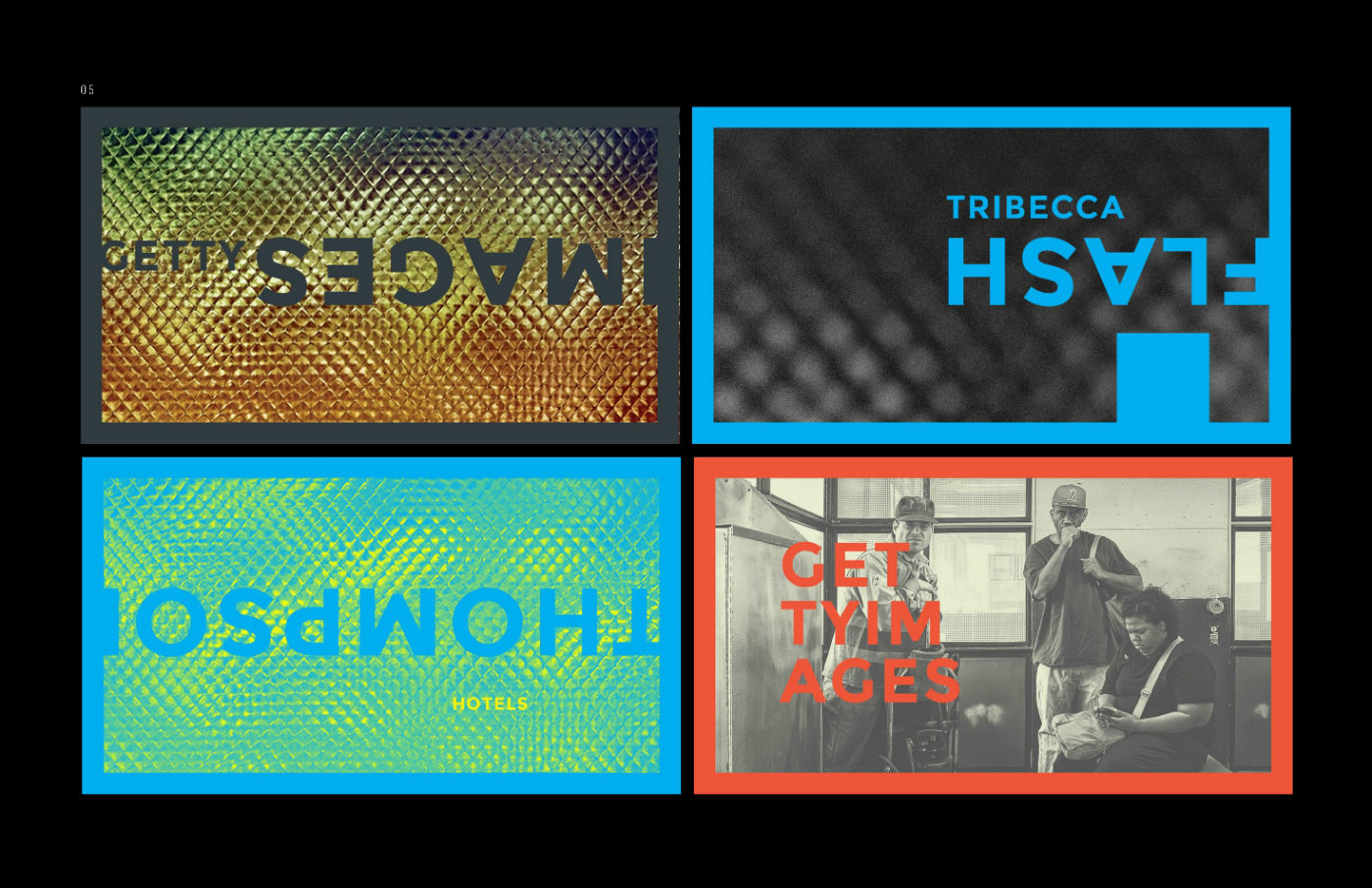
Concept #6 – An intimate portrait of individuals watching films projected onto their faces while titles track accordingly.
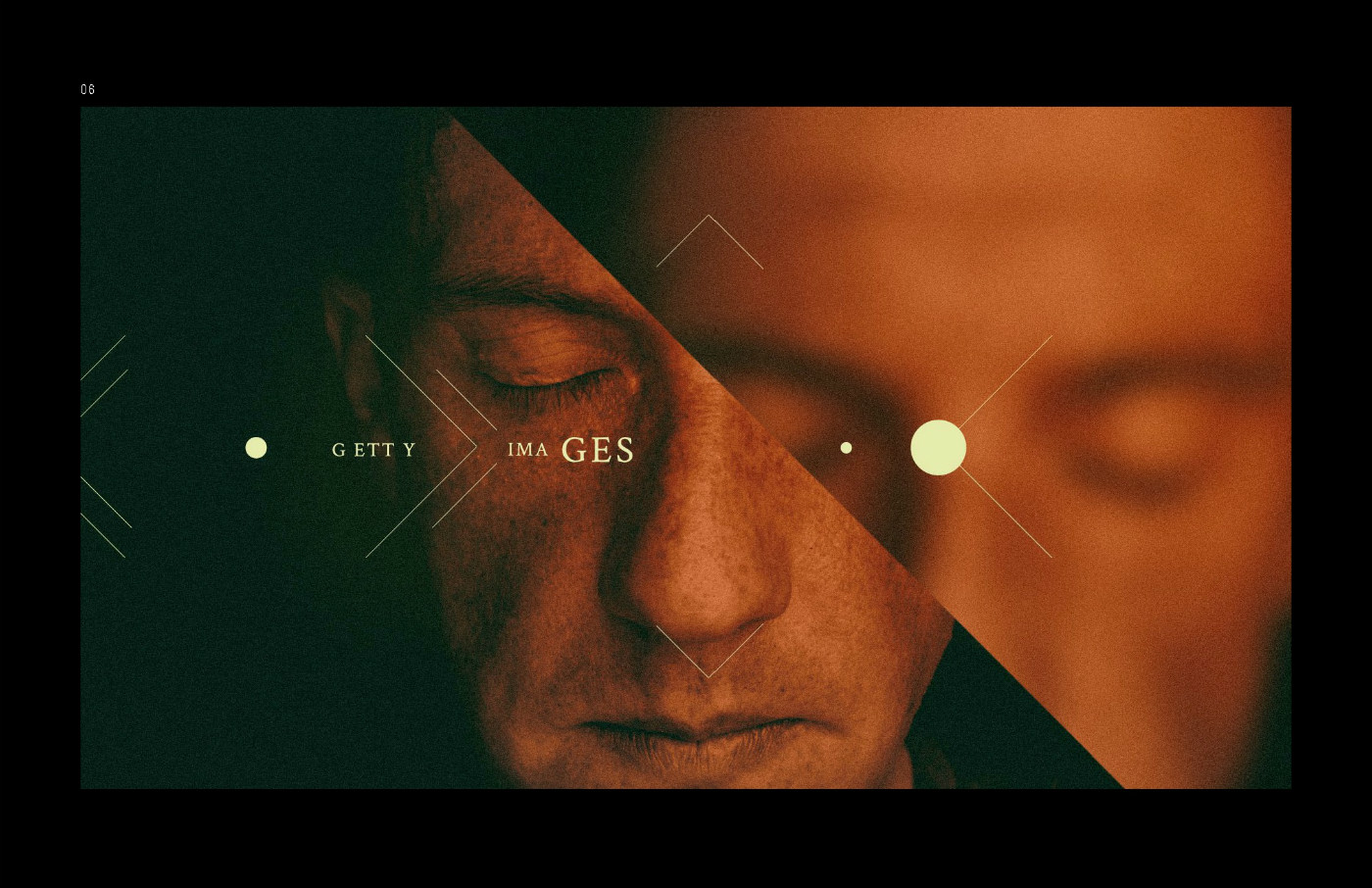
McNamara liked Concept #3 the best. He also liked Concept #6 but had concerns about execution. Ultimately, we agreed to try Concept #6 with the caveat that we would test it first.
The decision to attempt the harder, more challenging Concept #6 reminded us of a quote from Creative Director Justin Watkin’s blog:
Being a creative is about more than writing and design. It’s about making clients uncomfortable. Challenging a client is part of the job description.
In our experience, often clients begin a project looking for something “different or unique,” but tend to revert back to something more conservative due to brand standards, limited time, and/or restrictive budgets. When given the chance, we strive to push our creative without compromising messaging or branding and generally prefer to have a client ask us to tone something down rather than push it further.
PRE-PRODUCTION: Refining the Concept
Our first test, admittedly, didn’t work out very well, but we refined shot selection and defined our production needs. Initially, we focused on finding an editorial pace and a music style appropriate for the piece. Here are the results from our first test:
After this initial test, we called our good friends at Potenza Productions to see if they would consider collaborating with us on the titles. Again, here is where honesty is important–telling them our plans and re-iterating the lack of budget. Given projections were an issue in the test shoot, we knew we needed a better projector and more selective clips to show. Sound Investment was kind enough to donate their amazing projector to Potenza for use at the shoot.
With a refined concept and a new production partner in Potenza, we did a second test which was shot by Michael Kwielford on a c100. This test was far more successful. In this test (displayed below), we played with music styles and pacing. One version includes a Man Mantis song, and a second version uses a song by Atoms for Peace.
We decided it was far more engaging to film different angles of the talent. Editor Jonathan Lacocque needed to slow the pace down enough to give Spencer and Butterworth time for the graphic titles. Additionally, we selected each projection, paired it with the talent, and planned where each shot would be placed in the edit. To be sure we didn’t miss anything, we created a pre-visualization for use during production. Finally, we noticed banding (patterns of vertical/horizontal lines) in the tests, which we solved on-set by adjusting the shutter angle.
Finally, we had a solid test that we were prepared to share with McNamara. We included some temporary color looks in this test video.
PRE-PRODUCTION – Pre-Visualization
The pre-visualization, mentioned earlier, helped us schedule talent, organize projections, and set up the camera and lighting. Now, we needed to nail down the music.
At this stage in the pre-production, we found a temp track we really liked called “Love is Lost” by David Bowie–the Steve Reich remix. This became a great reference for our composer, Joel Corelitz of Waveplant Studios. We also got a final sponsors list from McNamara and calculated the time we would want to display each sponsor. Butterworth created a Cinema 4d Project with various faces and angles, exported each shot, and edited it together in Final Cut Pro X.
Once we locked our Previz, we spent a lot of time finessing motion with style frames.
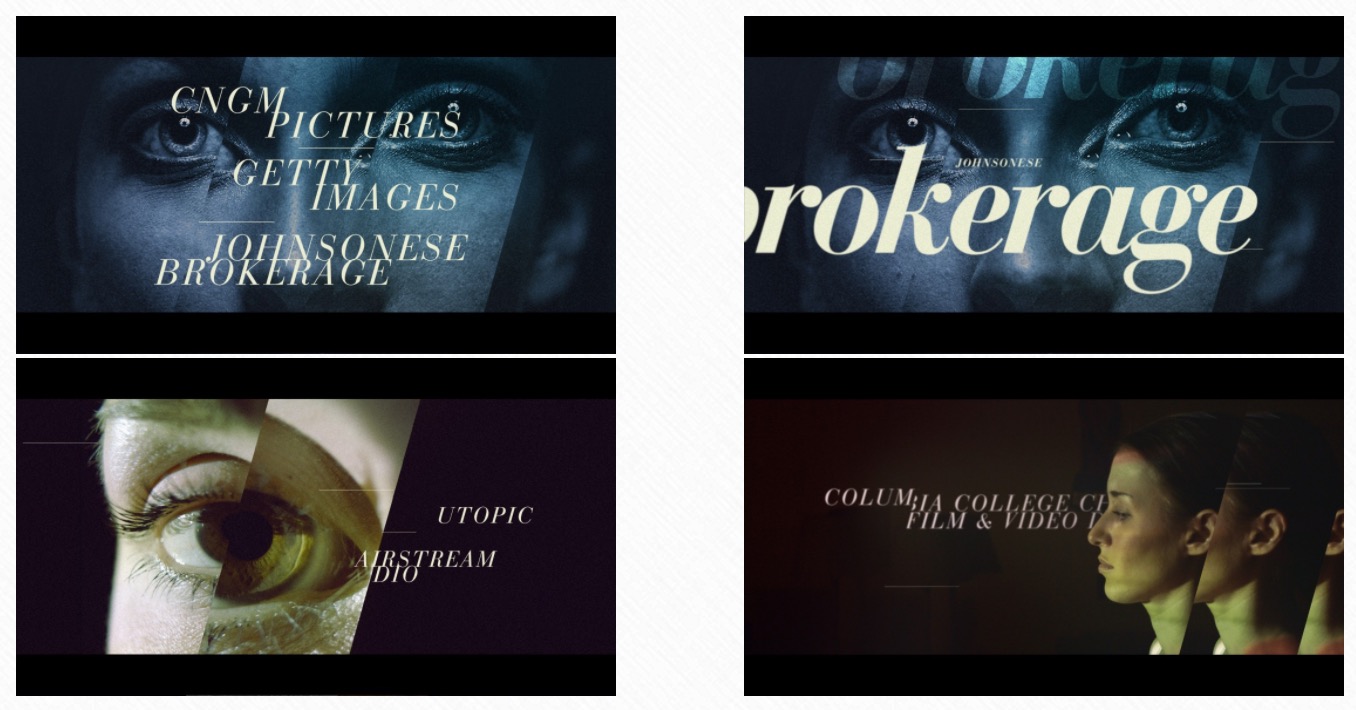
For consistency in the slices and track mattes, we used the “i” from Bodoni to try a few different styles. Here is an example of how we used the angle of the “i” for all slices whether in video or in text.
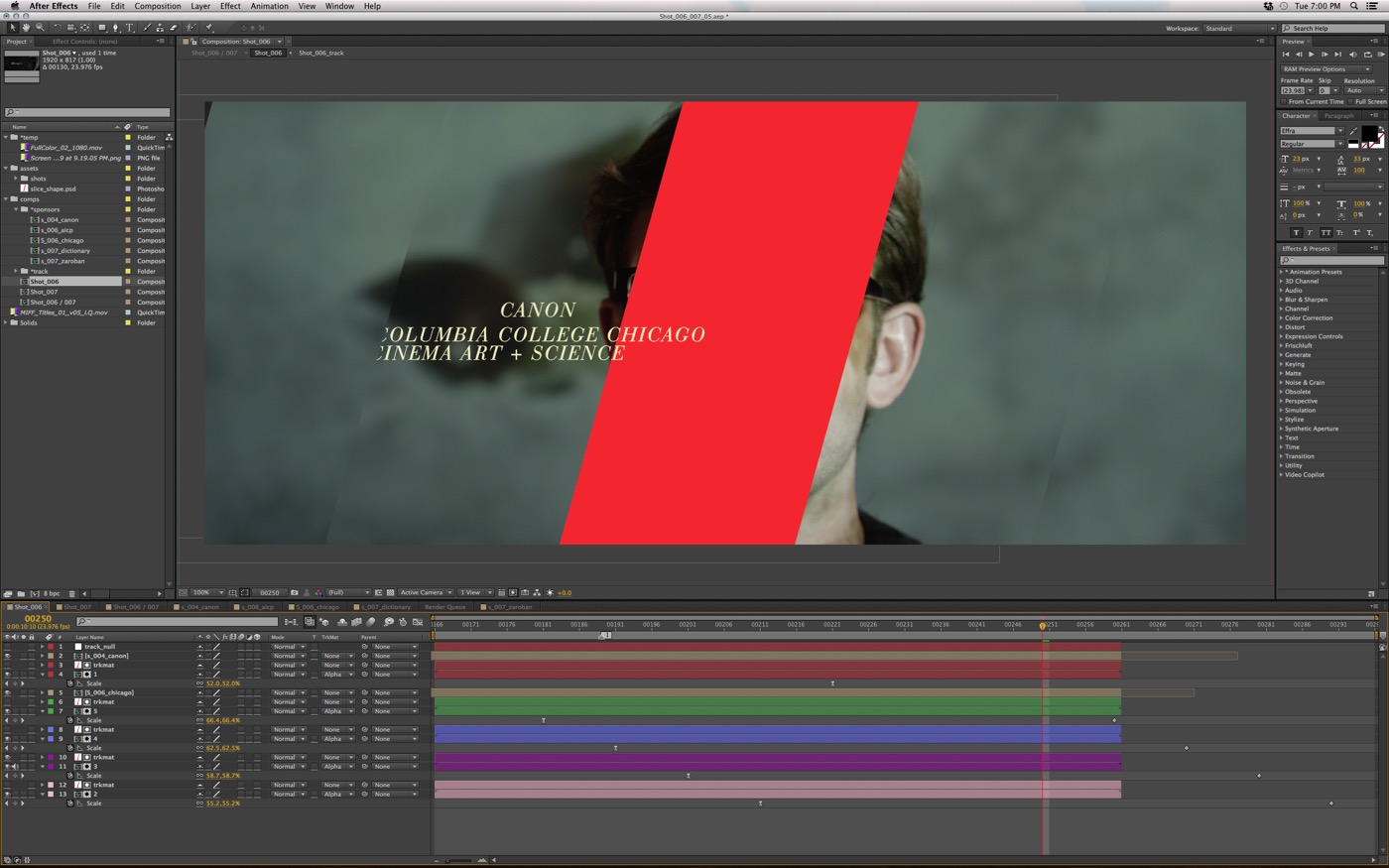
Also, below you will see one of the many motion tests Butterworth created. We were trying to find the right balance between the smooth and glitch within the animation of titles. Butterworth also played with using the slices to enhance aspects of the footage and projections.
In preparing for the shoot, Potenza was absolutely integral to our success. They brought in Daufenbach Camera and obtained a Red Epic, Cooke s4 prime lenses, and full production support. They also recruited Joey Domoracki as Gaffer. Domoracki brought G/E & lighting equipment.
Potenza’s Mary Kay Cook was integral to the casting process as she was able to obtain lots of wonderful headshots and contacts, which allowed us to include several formally trained, professional actors. The remaining cast were friends of ours.
PRODUCTION
For production, we had one pre-light day and one full production day. During the pre-light day, Director of Photography Michael Kwielford familiarized himself with the camera package and Gaffer Joey Domoracki completed a full pre-light.
Based on the previz, we created a full shot list and schedule. Initially, the big question was whether we should shoot by camera angle or by talent. We ultimately chose to shoot by talent, assigning people to three groups of four. This decision helped speed up the process for each individual and allowed the volunteer cast to leave early or come later in the day.
On the production day, we immediately fell behind, as is often the case with production, and had to make some compromises in the first few shots. However, we quickly caught up thanks to the crew’s hard work and perseverance.
We filmed at 5k cropped on the Epic, 23.98 fps and some 100 fps for blinking and iris constrictions. We used a Diopter over the lens for the extreme close-ups.
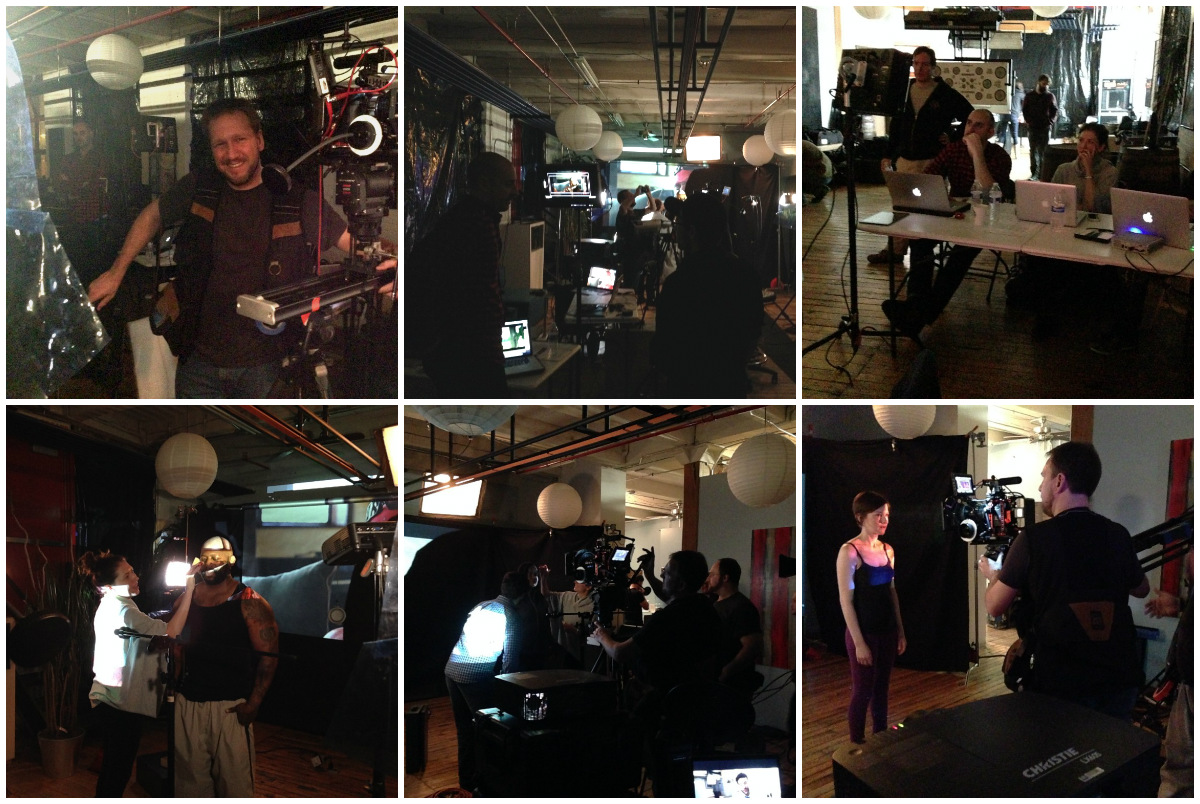
POST-PRODUCTION
Once we organized all of the footage, we immediately began to work with Corelitz on the music as it would inform the edit. Corelitz did a great job composing an abstract, ethereal track with a nice pace for the edit. He created many iterations over the course of the project. Here are five examples of the track as it progressed over time.
When the track was nearly complete, Lacocque started to edit. From January 12 to January 18 he edited six versions. Once locked, he exported each clip raw, uncropped and without any color for Evan Lindsay to stabilize and track – which he did in After Effects. We chose a more cinematic 2.35 crop. Here is a portion of his first and sixth pass. The sixth pass has temporary titles for timing and placement.
Once we received the stabilized footage, Lacocque began to color correct. Lacocque used Red Giant’s Magic Bullet Looks to create a style that had warmer highlights, cooler blacks, and heightened saturation. For each shot, Lacocque added spots of color to highlight projections, and he placed a cool-toned vignette through to experiment with hazing and flaring in specific shots.
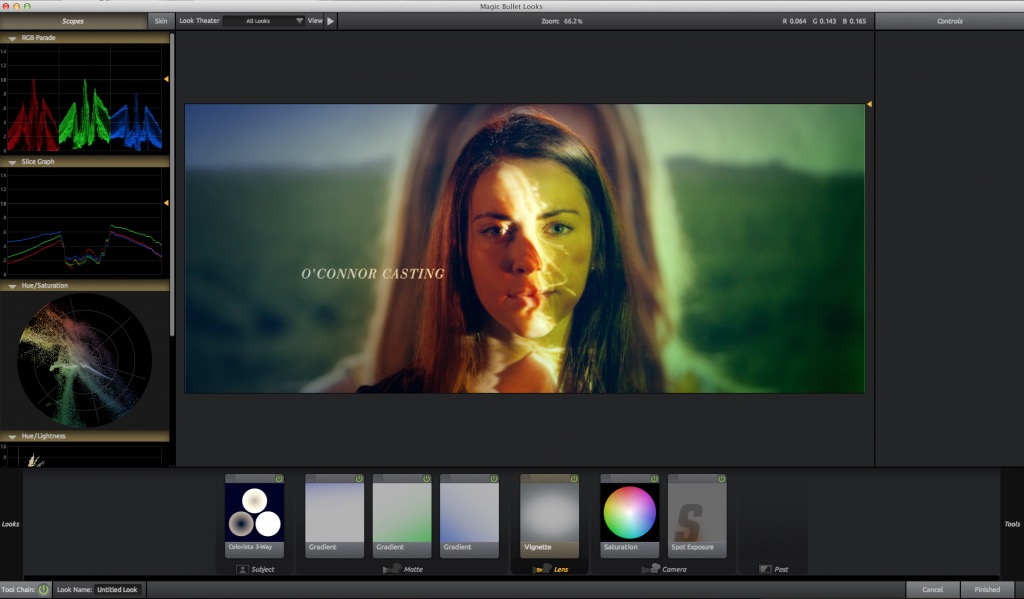
Utilizing all our motion tests made the animation phase all about execution. Butterworth and Spencer worked tirelessly to perfect the motion for each shot. In fact, they were such perfectionists about the entire project that they created a director’s cut after the launch of the final titles.
For sound, Jerry Walterick went through many phases mostly going from a big sound in the beginning to a far more subtle design and mix in the end. The final result turned out beautifully.
Over the course of several months, we successfully executed this bad boy for the festival. Without the generosity of so many, the project would not have been possible. We’d like to thank all the volunteer talent, Potenza Productions, Michael Kwielford, Mary Kay Cook, Rocco Caltado, Daufenbach Camera, Sound Investment, Joey Domoracki, Joel Corelitz, Evan Lindsay, Jerry Walterick, and especially Ryan Butterworth and Cameron Spencer.
If you live in the Chicago metro, we hope you get out to support the Midwest Independent Film Festival.

